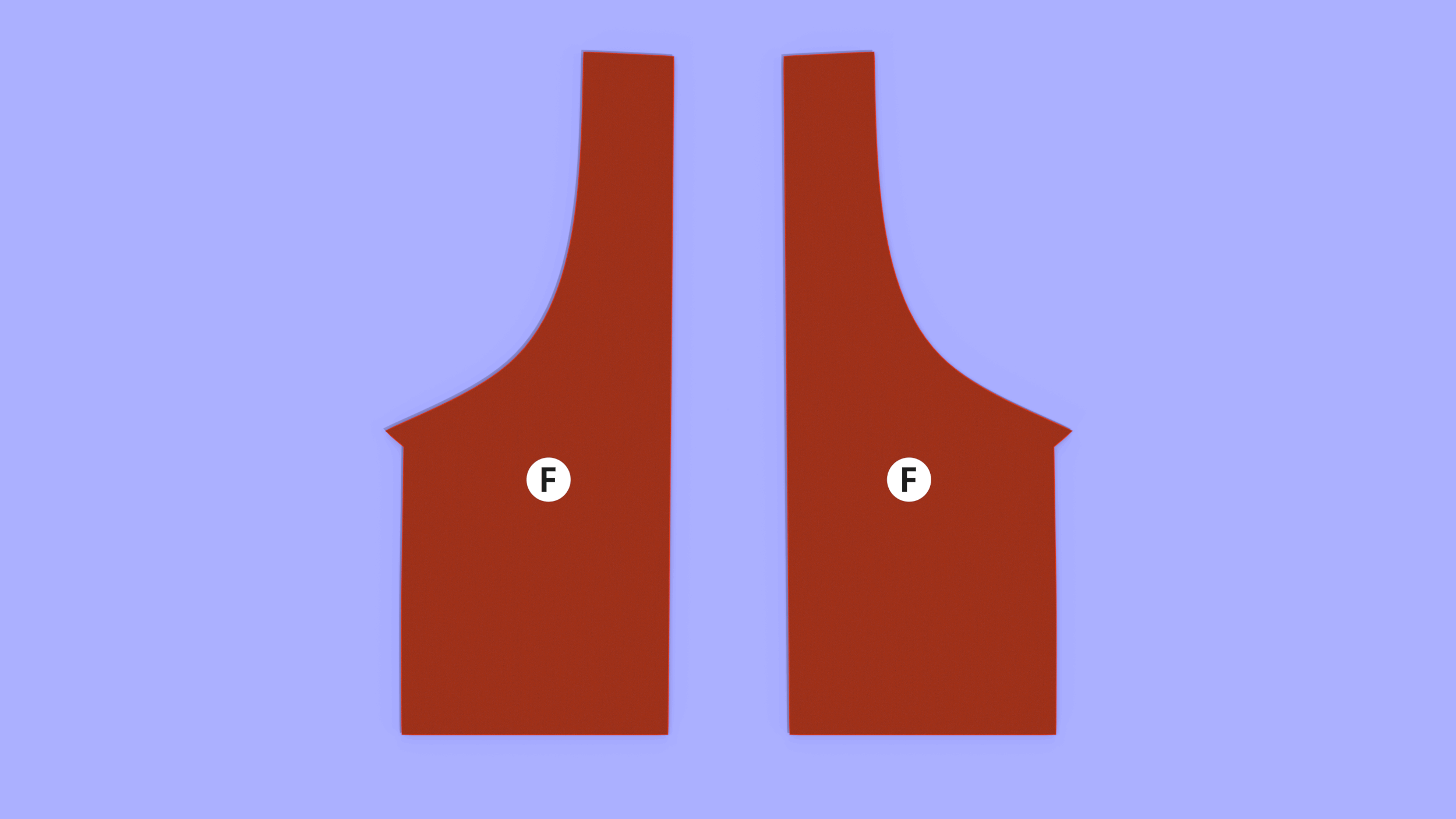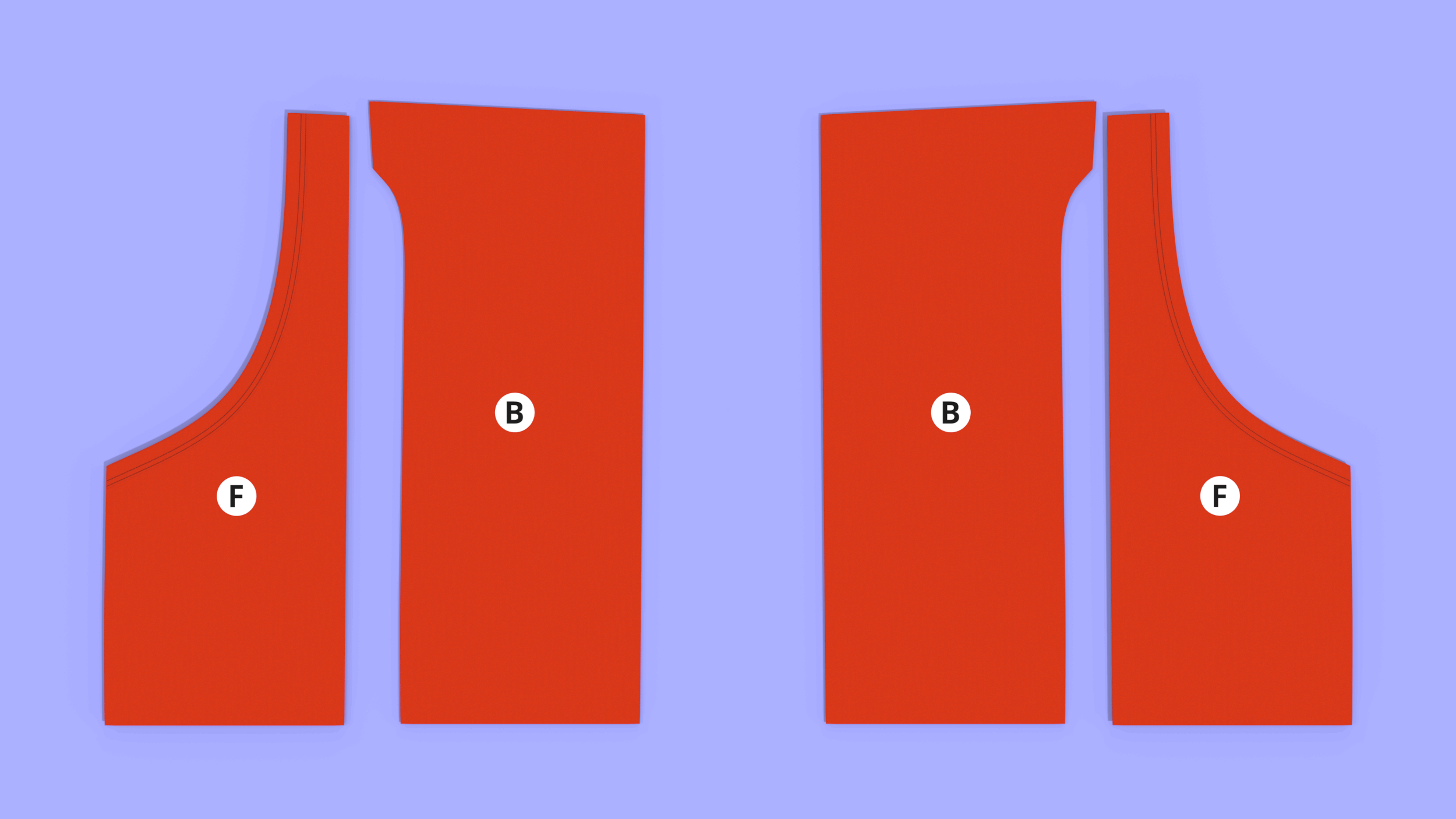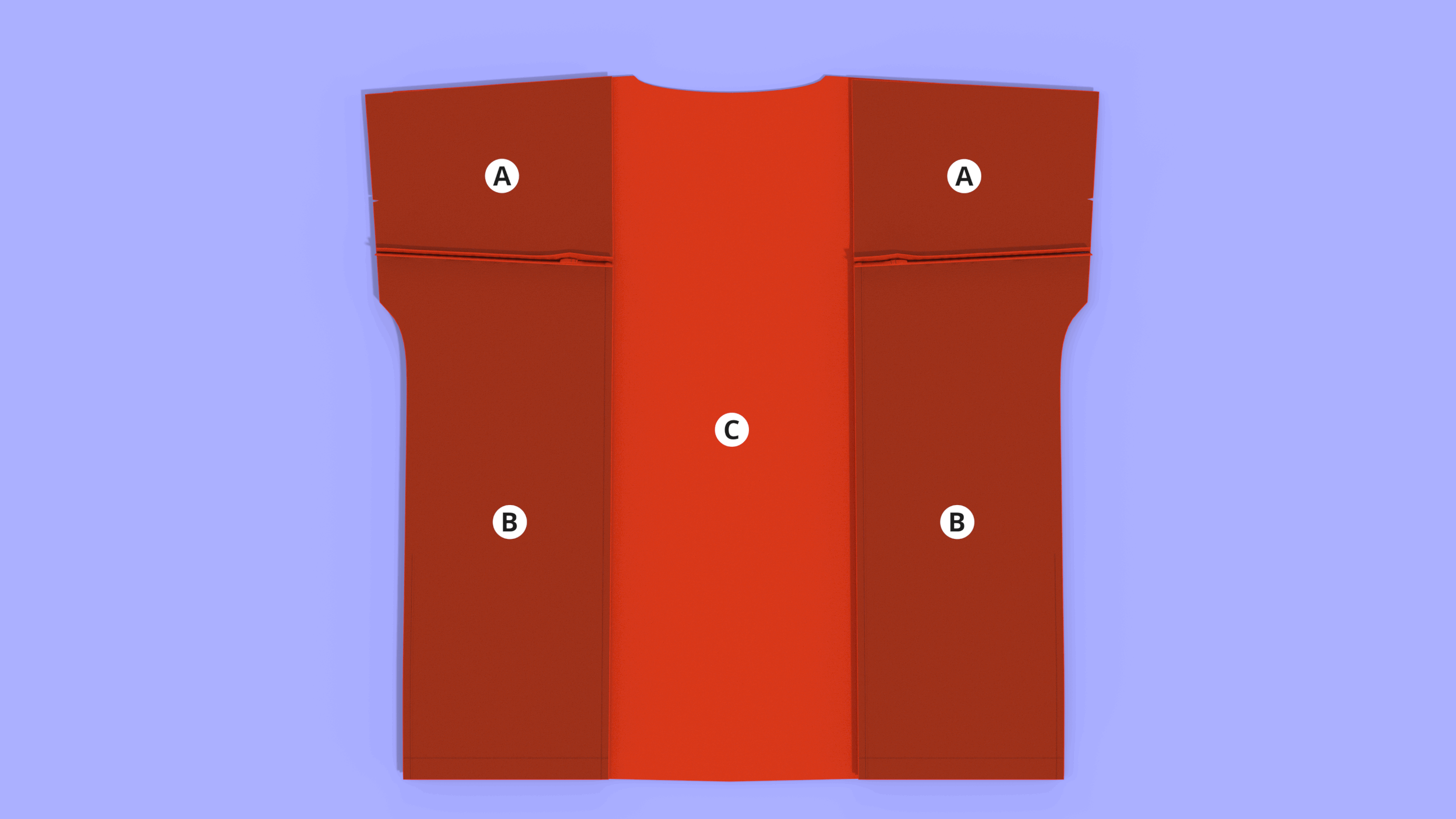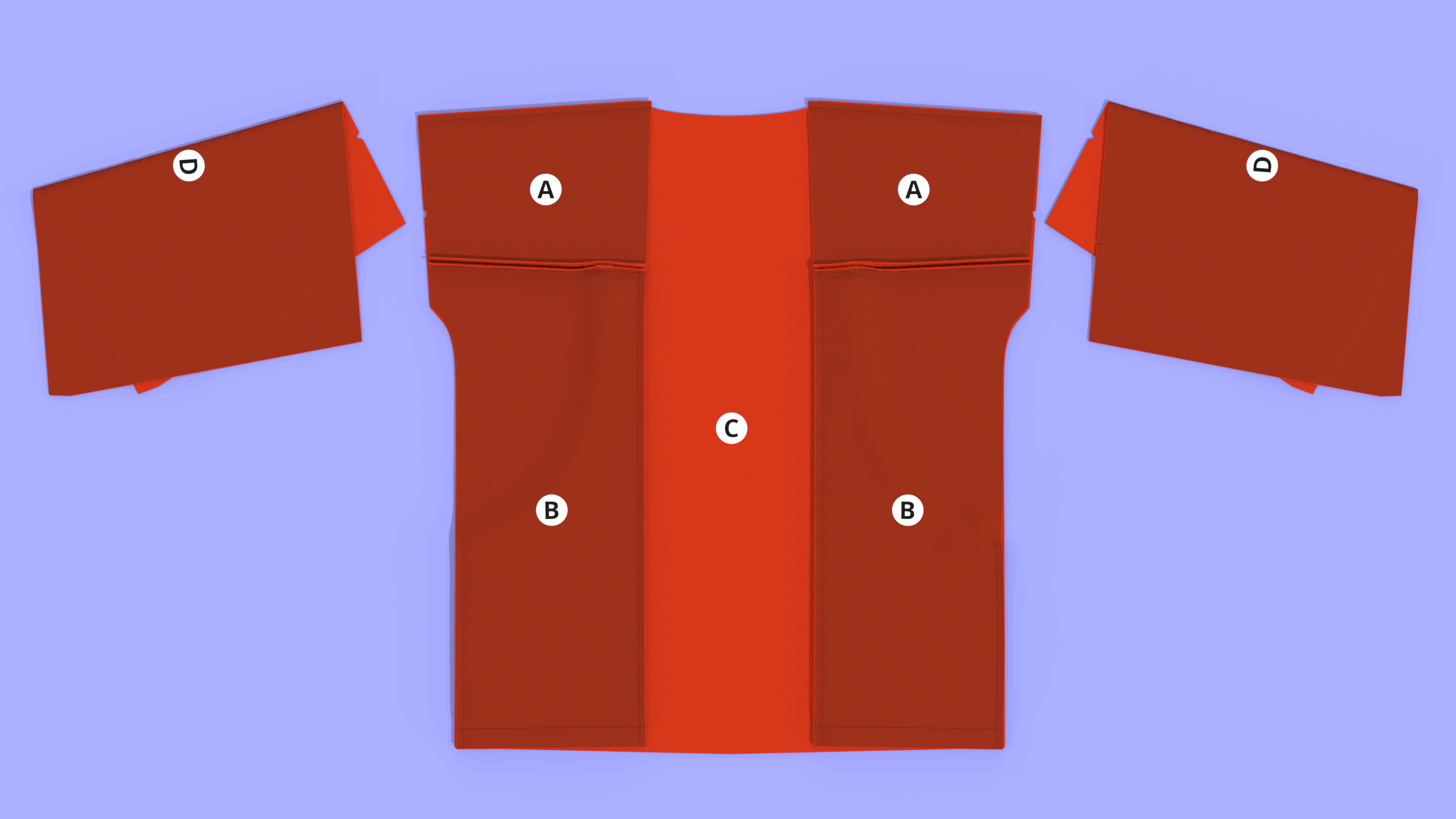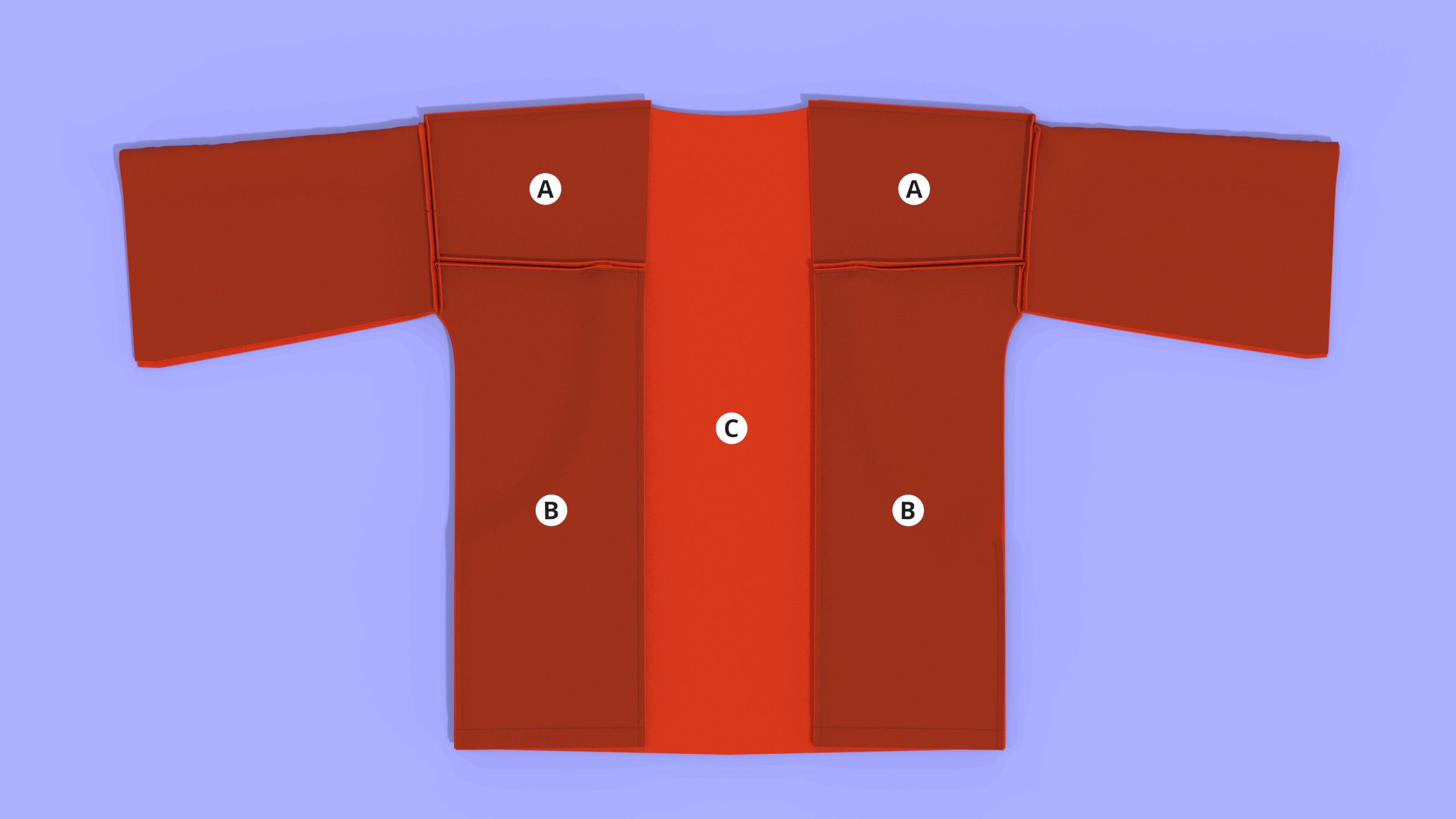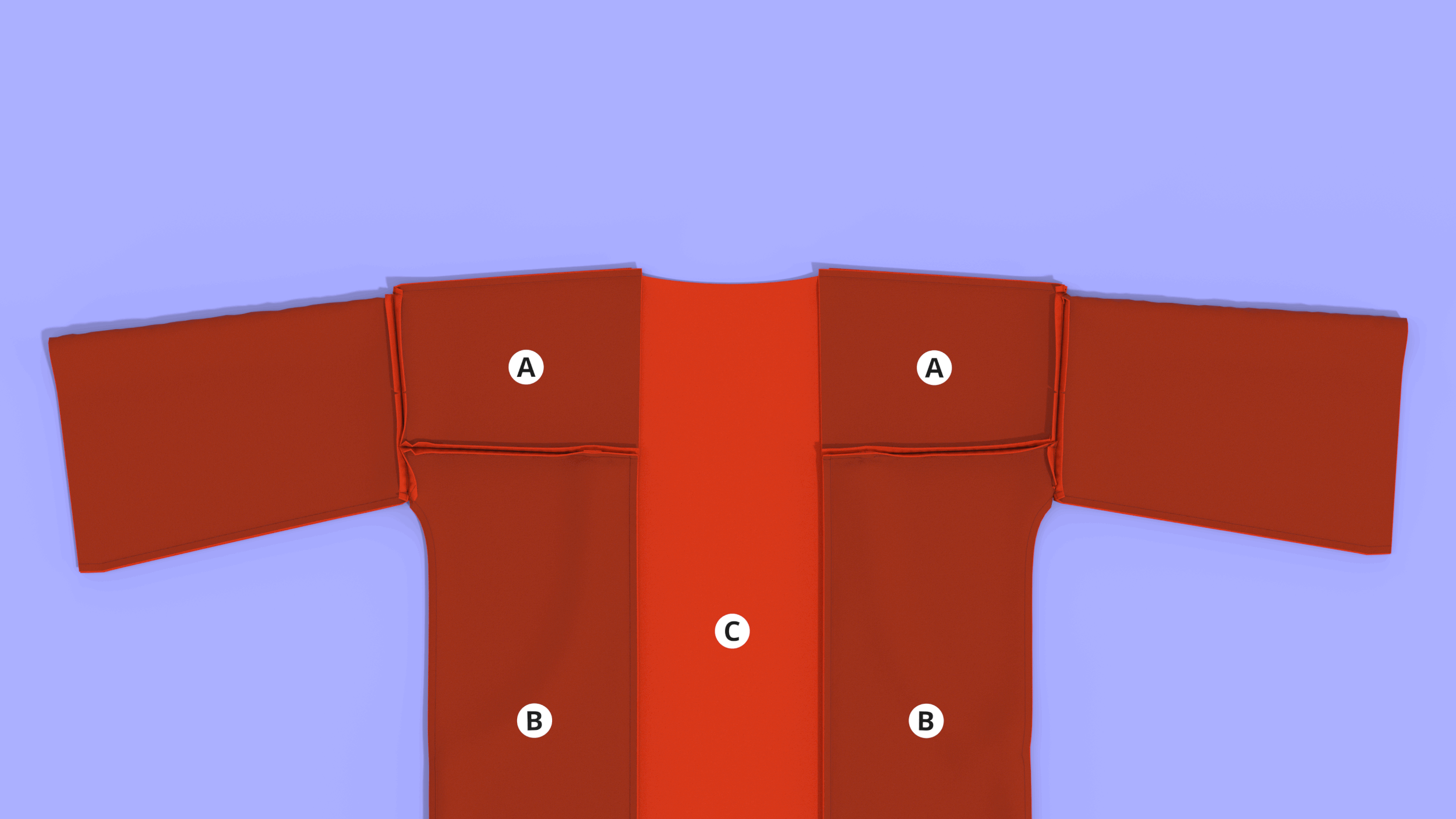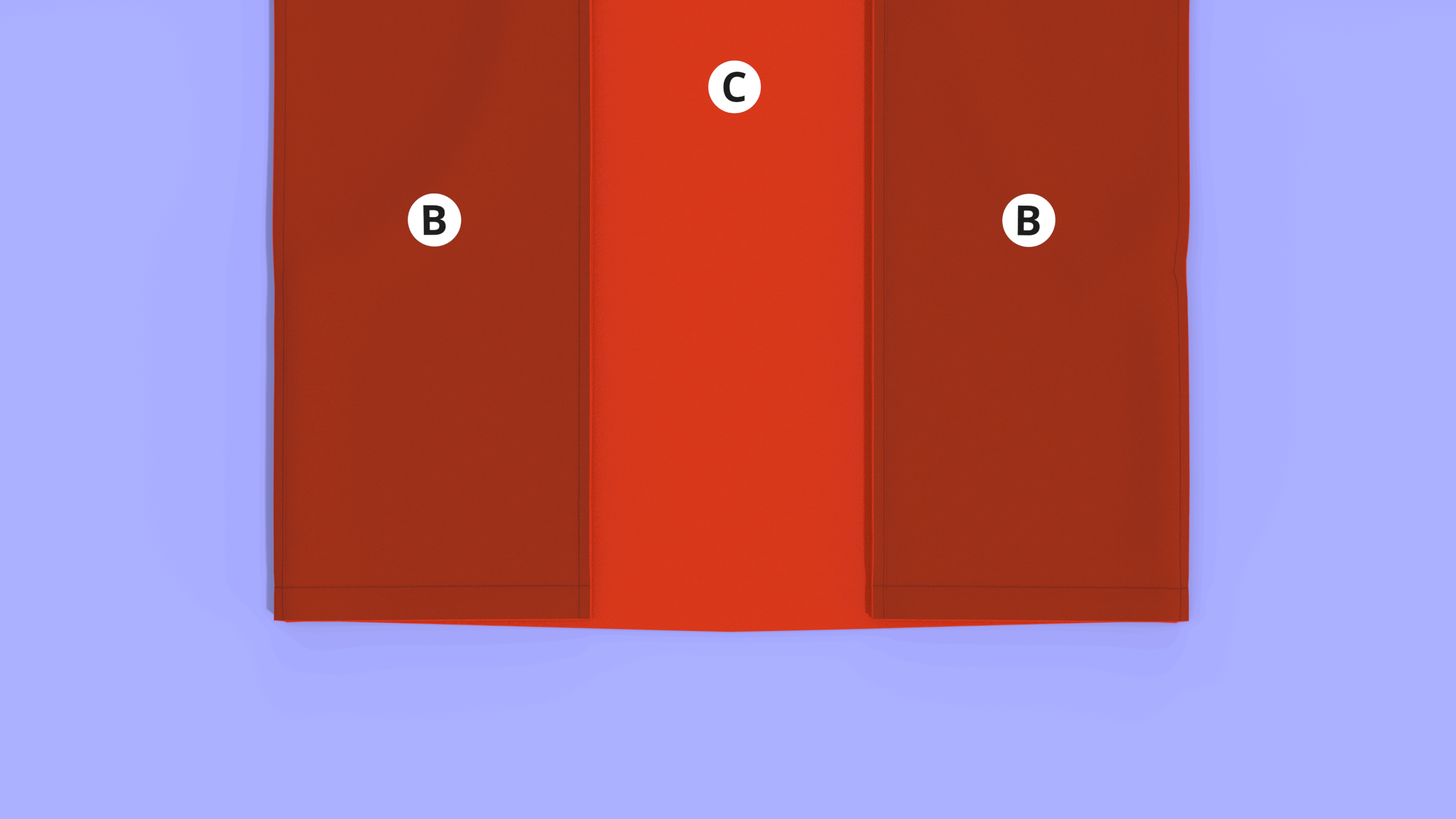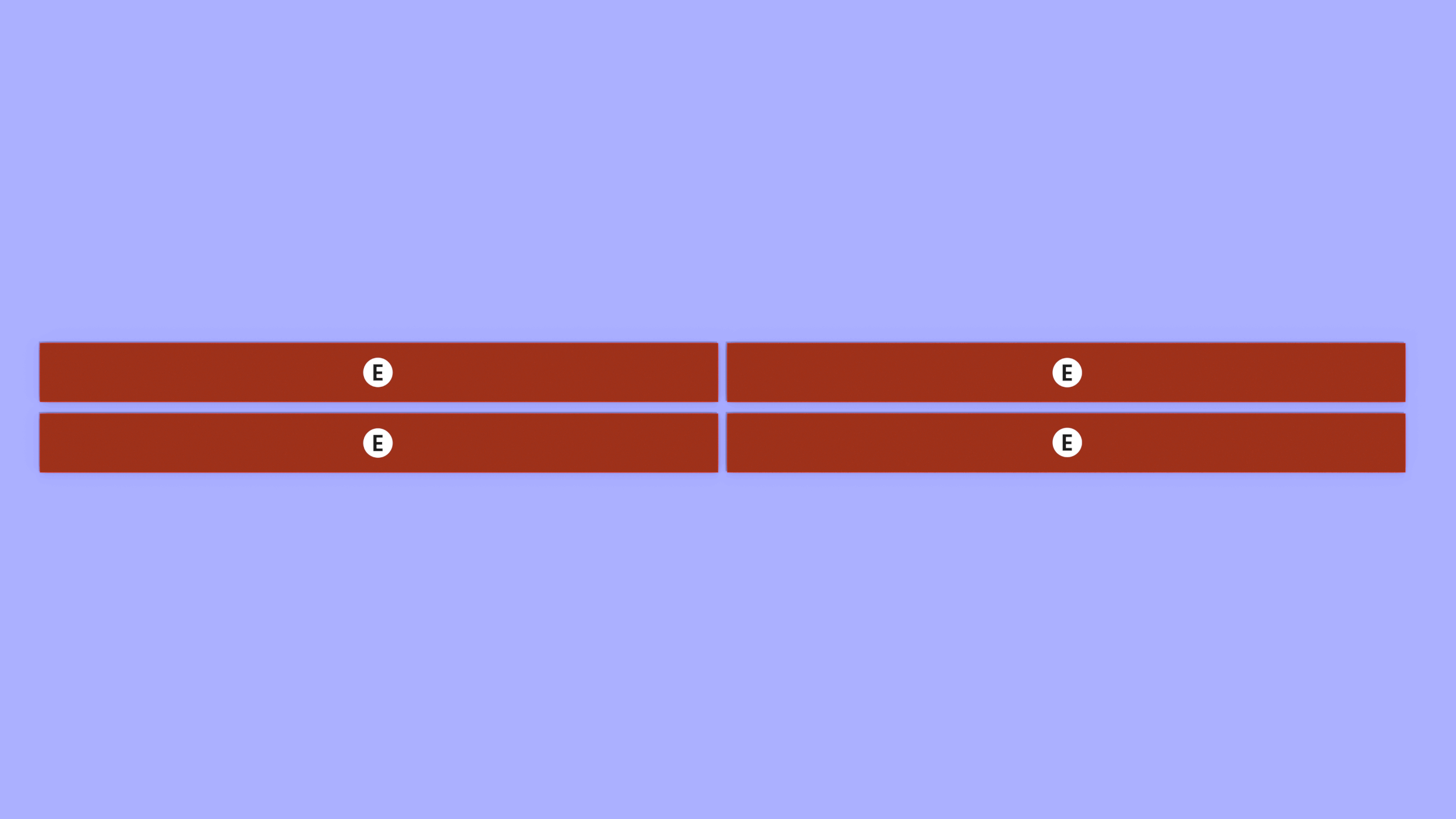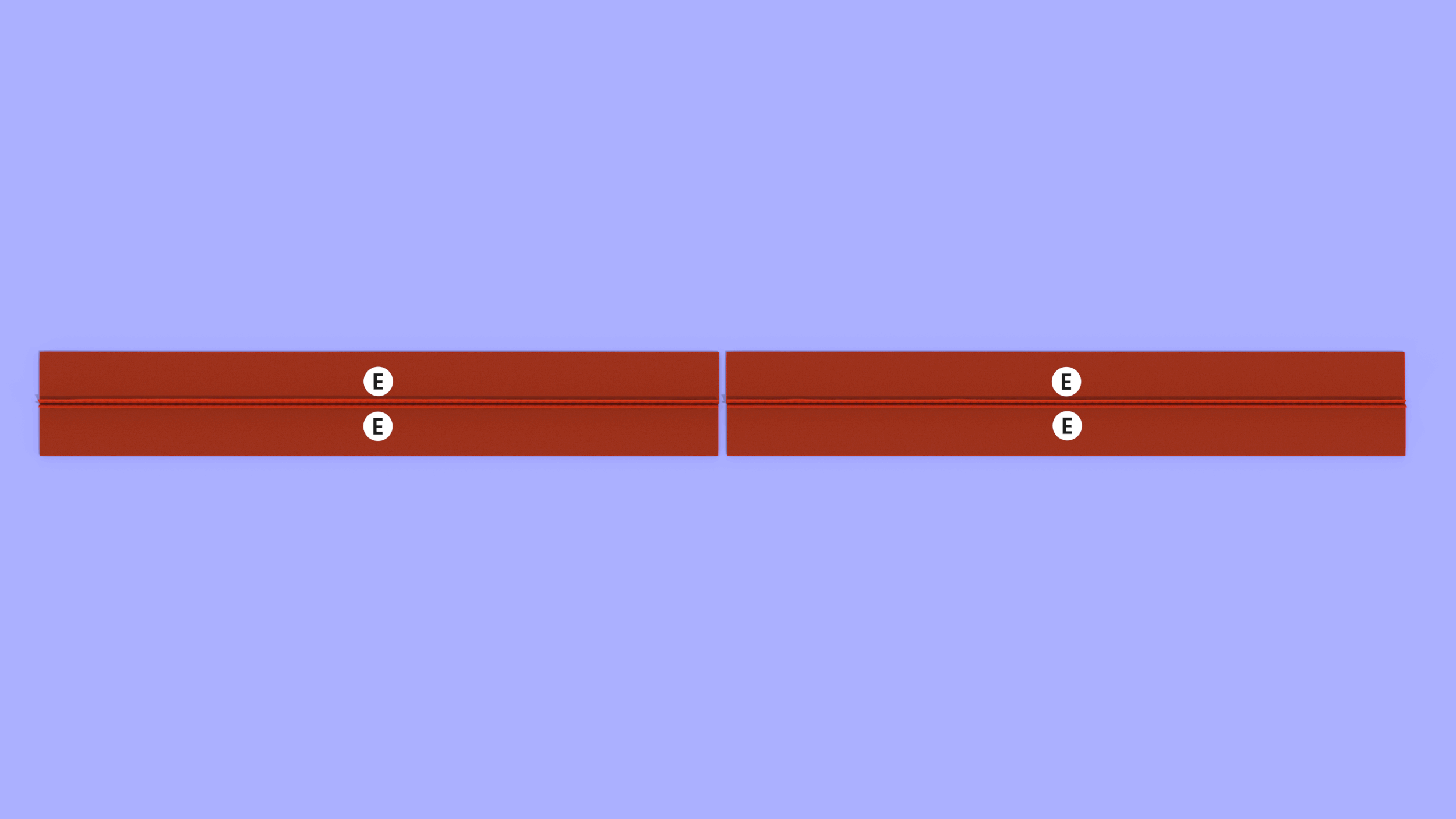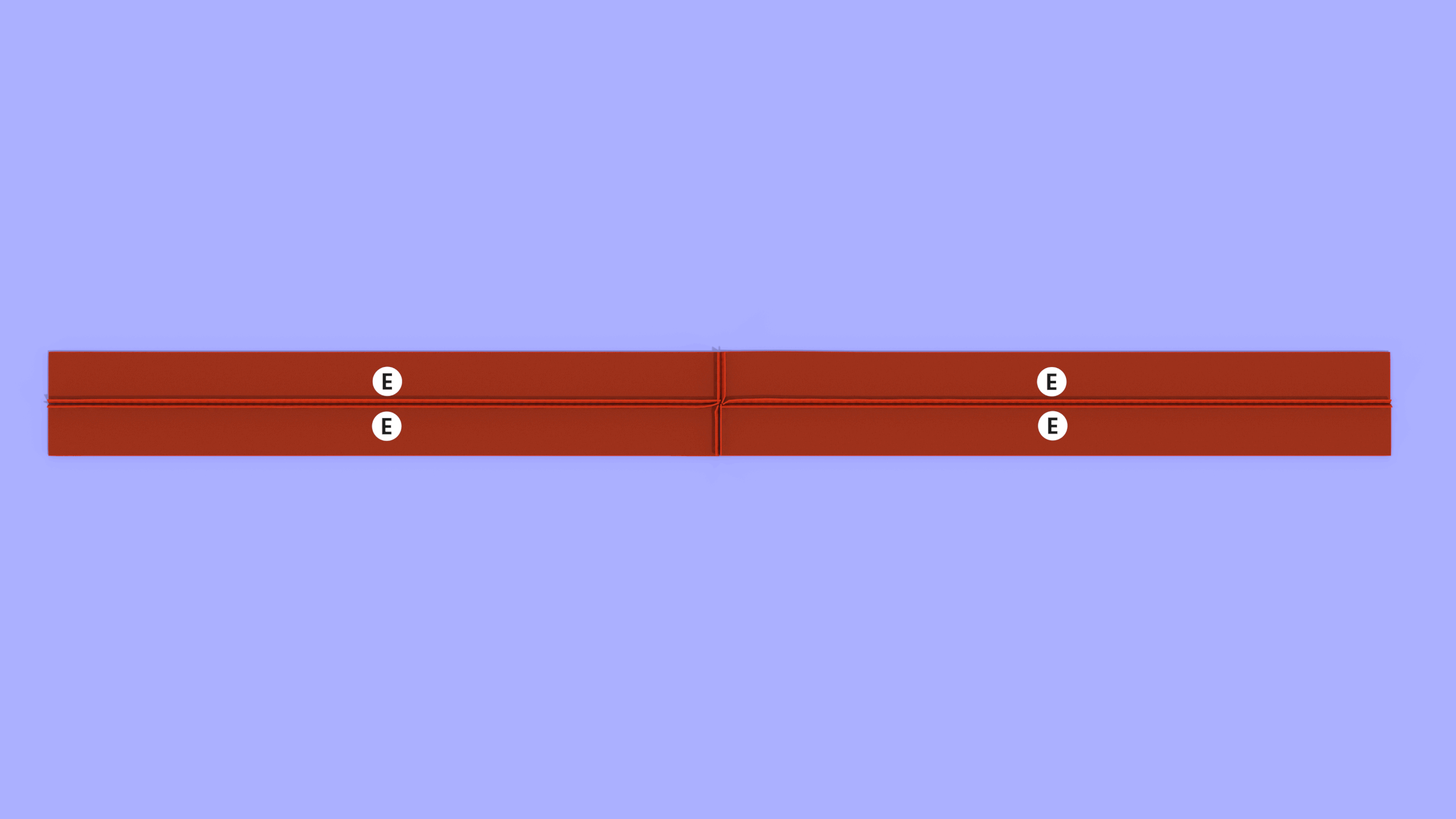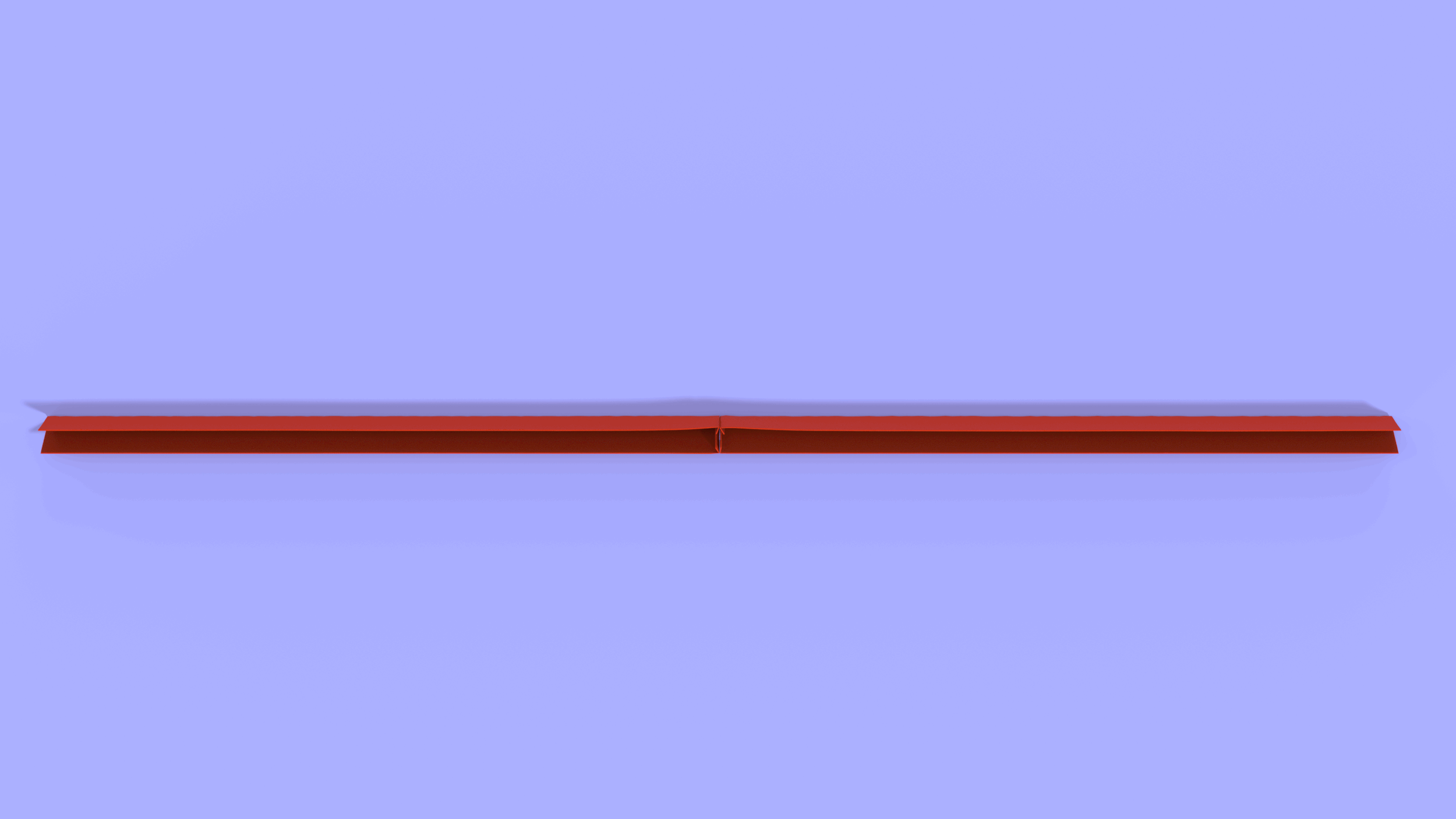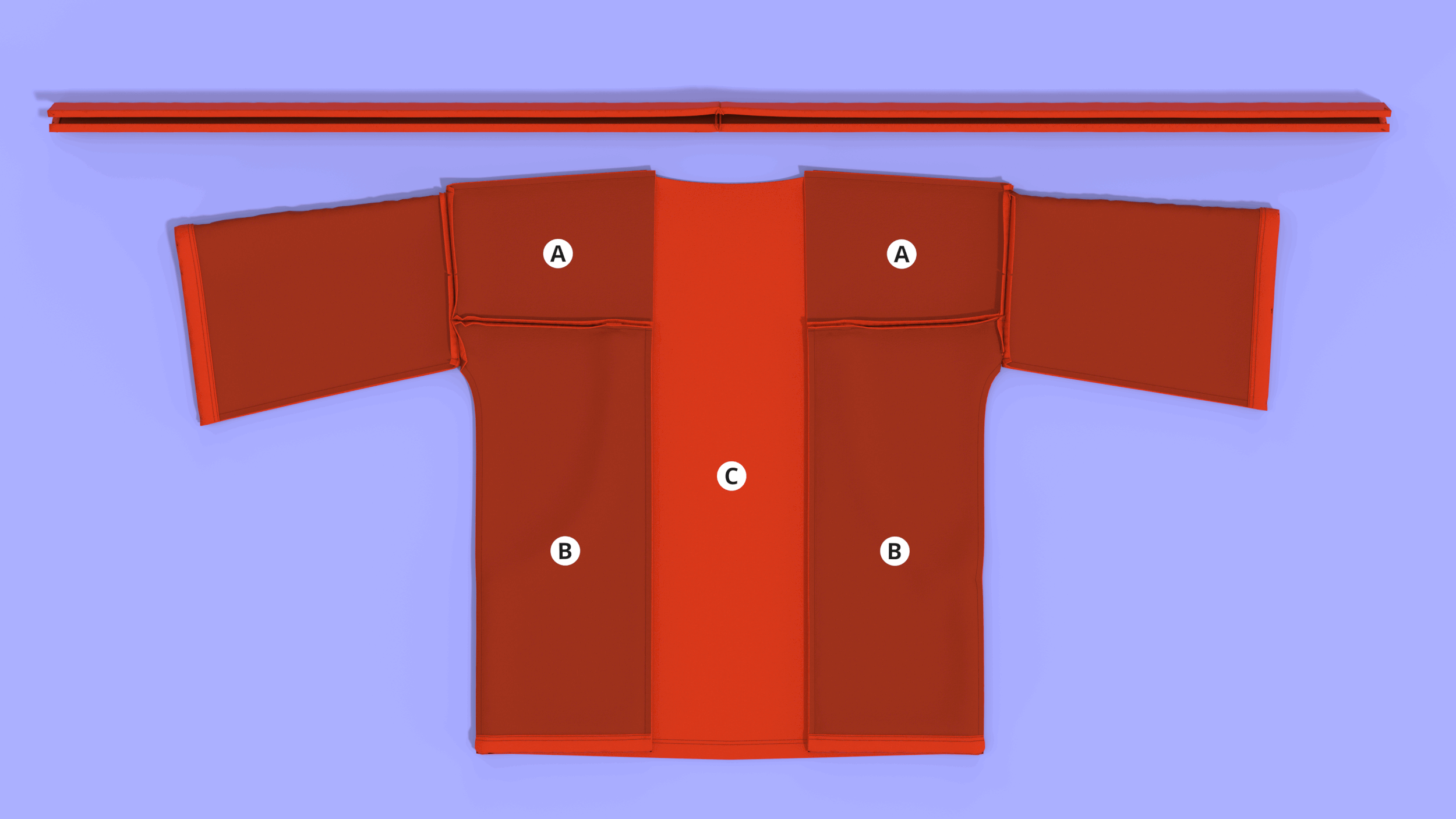Style TW60
Kimono Jacket
We're here to help. Chat now.
Let’s get started!
1 - Gather your materials and tools
Fabric; we recommend using french terry, faux suede, linen, crepe, batik, knits, or similar fabrics. We chose french terry. See the image below for quantities.
Thread
Tools What do I need?
2 - Print and cut
There are 3 printing options:
Small printer - Slow Learn how >
Medium printer - Fast Learn how >
Large printer - Fastest Learn how >
3 - Cut out the fabric pieces Learn how >
Seam and hem allowances are already included.
4 - Label your pieces
For clarity, we made the wrong side of our fabric darker.
5 - Hem the pockets
Use 3/4 inch hem allowance
We chose a single-fold hem and finished it with a double-needle topstitch What should I choose?
6 - Attach the pockets
Use 3/8 inch seam allowance
We chose a plain seam with a stretch stitch and finished it with an overcast stitch
7 - Sew the front panel seams
Use 3/8 inch seam allowance
We chose a plain seam with a stretch stitch and finished it with an overcast stitch
8 - Sew the shoulder seams
Use 3/8 inch seam allowance
We chose a plain seam with a stretch stitch and finished it with an overcast stitch
9 - Attach the sleeves
Use 3/8 inch seam allowance
We chose a plain seam with a stretch stitch and finished it with an overcast stitch
10 - Sew the side seams
Use 3/8 inch seam allowance
We chose a plain seam with a stretch stitch and finished it with an overcast stitch
11 - Hem the sleeves
Use 1 inch hem allowance
We chose a single-fold hem and finished it with a double-needle topstitch
12 - Hem the bottom
Use 1 inch hem allowance
We chose a single-fold hem and finished it with a double-needle topstitch
13 - Create the collar
Use 3/8 inch seam allowance
We chose a plain seam with a stretch stitch and finished it with an overcast stitch
14 - Attach the collar
Use 3/8 inch seam allowance
We chose a plain seam with a stretch stitch
15 - Do a little dance!
Be a pro! Trim any excess thread and allowances, then, give it a good iron.

